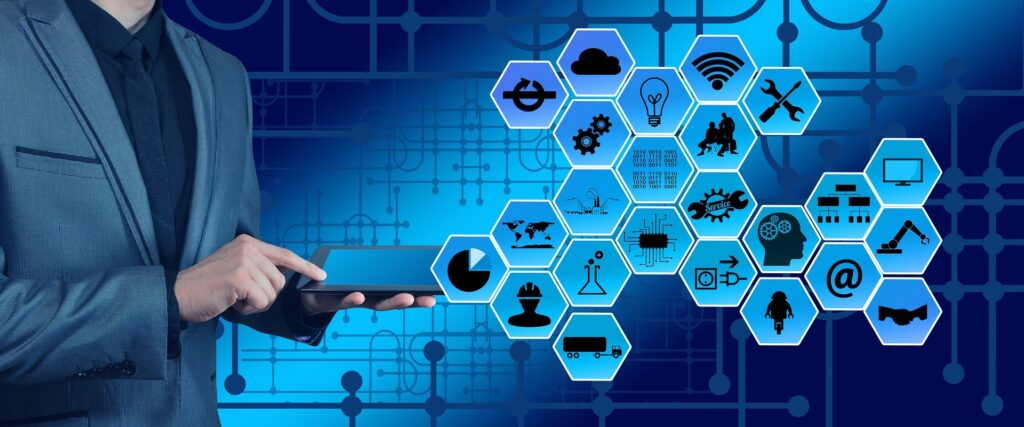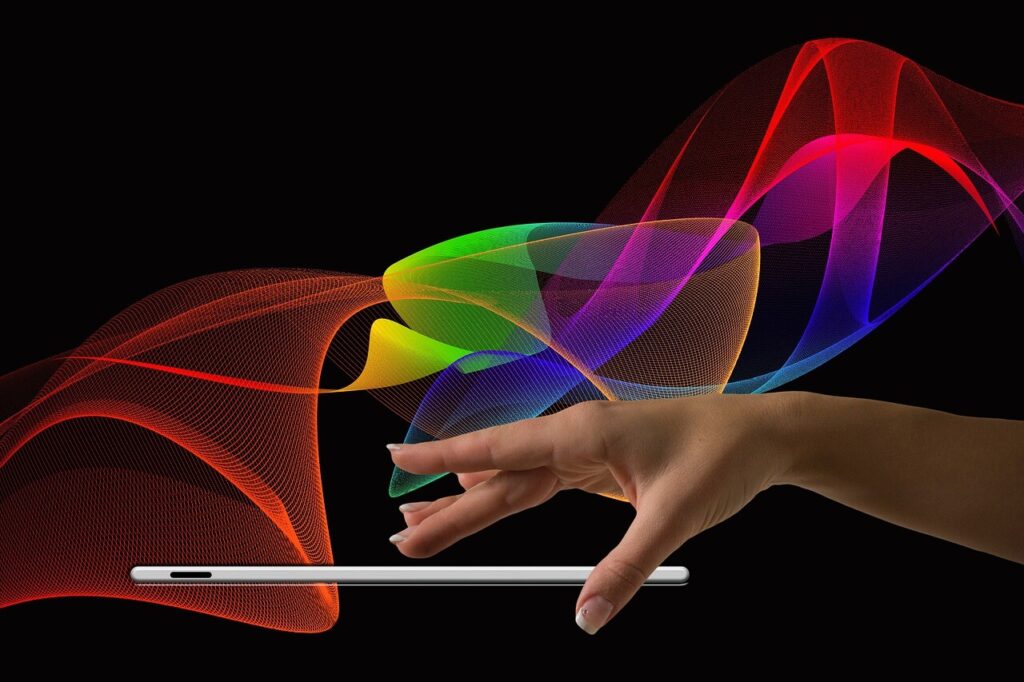WHAT IS 5G?
5G is the fifth in the generations of Mobile Wireless technology after 4G. It provides higher multi Gbps (Gigabyte per second) peak data speeds, ultra-low latency, massive network capacity, increased reliability, and availability.
It is a unified platform designed to virtually connect everything and everyone. I mean everything, including devices, machines, objects, cities, and more.

WHAT ARE THE OBJECTIVES OF 5G
5G objectives are to solve the demand for high-speed data transfer, deliver super-fast download and upload speeds, reduce congestion, shrink latency, and provide massive network capacity.
It supports about a hundred times increase in traffic and network efficiency.
5G is intelligent and transformational with limitless capabilities to interconnect the entire world.
WHEN WAS 5G LAUNCHED?
5G was launched in a handful of countries in 2019 with a gradual continuous roll-out coverage around the world.
As with many important inventions around Mobile wireless network technologies, 3GPP is at the heart of the 5G design and implementation.
5G SPEED
5G delivers up to 30 Gbps (Gigabyte per second) of high-speed data and an average of 150+ Mbps (Megabyte per second).

5G LATENCY
5G latency rate is 1 millisecond which is 0.001 seconds. It is almost real-time compared to 4G latency of 40-50 milliseconds.
5G TECHNOLOGY
5G operates on a combination of wider bandwidth technologies like sub-6 GHz, millimeter wave (24 GHz upwards) 5G NR (New Radio) air interface, and OFDM (Orthogonal Frequency Division Multiplexing), which is a type of digital signal modulation across many multiple channels that reduces interferences.
These technologies aid the delivery of improved scalability and flexibility on the 5G network.
5G capacity and flexibility allow it to operate on both low and high bands millimeter wave (sub-6 GHz- 24 GHz upwards).
This delivers expanded capacity, high multi-Gbps throughput, and low latency.
In simple terms, 5G provides reliable and always-available access to more people through devices, machines, and things based on user demands and needs.
Access to 5G equals increased productivity for users.
5G-NSA AND 5G-SA (NON-STANDALONE AND STAND-ALONE)
The earliest connection of 5G technology was built on the existing 4G network infrastructure hence it is referred to as 5G-NSA (Non-Standalone).
An entirely independent 5G network infrastructure is known as 5G-SA (Stand Alone).
Roll-out expansion of 5G-SA is gradually gaining ground in developed countries.
SOME COUNTRIES WITH 5G NETWORK
Germany’s Vodafone and Telefonica are connecting subscribers to 5G at a fast rate as over two-thirds of its population are already connected.
China, the USA, the Philippines, South Korea, and more are implementing a quick 5G roll-out.
African countries like Nigeria, Egypt, South Africa, Mauritius, Kenya, Madagascar, Seychelles, Senegal, Botswana, and more are implementing the roll-out of 5G or at least experimenting with sample cities. It is important to note that you will need 5G-Compatible devices/smartphones to be able to connect to the 5G network.

NETWORK SLICING
5G network was designed with an innovative network slicing feature that cuts the network into several different optimized layers for application-specific requirements. Layers such as mMTC, uRLLC, eMBB.
The technologies used in network slicing are NFV and SDN (Network Function Virtualization and Software Defined Networking).
Network slicing allows network provisioning of all types to transmit sensitive data. There are different network types like campus-specific networks, special-secure virtual networks, etc.
mMTC (Massive Machine Type Communication)
mMTC uses low energy and minimal data rates on lots of IoT (Internet of Things) connections. Businesses especially e-commerce-based ones benefit more from Massive Machine Type Communication.
uRLLC (Ultra Reliable Low Latency Communications)
uRLLC uses very low latency connections for mission-critical communications like Machine-to-Machine interactions, autonomous driverless cars, telemedicine, and the likes.
eMBB (Enhanced Mobile Broadband)
eMBB uses super-fast connections and high data rates for high-resolution video streaming, Virtual reality, multiplayer cloud Gaming, smart cities, and the likes.
They demand fast connections and benefit from the enhanced mobile broadband slice.
Another important component of 5G is Beamforming.

WHAT IS BEAMFORMING?
Beamforming is a radio frequency transmission technique that channels wireless signals to a particular receiver(s) or device(s)
It increases speed through the most efficient delivery path and prevents it from spreading in all directions.
Beamforming is sometimes referred to as the spatial signaling system.
It uses active antenna Radio Frequency known as “censor arrays”, this active antenna technology effectively provides higher, reliable, and efficient 5G network coverage.
Previous generations deliver passive blanket network coverage that is inefficient especially if users are not within the radio waves radius.
These inefficiencies are mostly not beneficial to the users and are a loss to the network providers.
The flexibility of active antenna beamforming uses radio waves to meet real needs when required thereby making massive connections possible with 5G.
Worthy to note that 4G-LTE uses beamforming too but on a minimal level.

IS THE 5G NETWORK SECURE?
5G offers great security as all its components are protected uniquely with encrypted solutions which means an attack on a component does not affect the entire network.
The IMSI (International Mobile Subscriber Identity) is also encrypted separately to protect it from any eavesdropping compromise and other types of cyber-attacks.

As with all things, 5G does not have 100% security protection as vulnerabilities from software components and DoS (Denial of Service) are even more heightened due to its fast speed.
Due to its super-fast speed, a potential threat or cyber-attack could have already taken place before it is even noticed.
Personal alertness and protection from cyber-attacks through unnecessary spy-wares, software permissions, and unrecognized links are therefore advised.
FAST FACTS AND FEATURES OF 5G
- 5G is the fifth generation of Mobile wireless networks
- It was designed by 3GPP and launched in 2019
- It delivers data speed rates of up to 50Gbps
- 5G latency is 1 millisecond (0.0001 seconds)
- It delivers massive network capabilities as it operates on wider bandwidth technologies like sub-6 GHz and millimeter wave (24 GHz upwards) with a 5G NR (New Radio) air interface to reduce interference
- 5G delivers improved scalability and flexibility with the use of OFDM (Orthogonal Frequency Division Multiplexing)
- It uses innovative network slicing to cut the network into several different optimized layers for application-specific data requirements, layers such as mMTC, uRLLC, eMBB
- 5G uses Beamforming to effectively provide higher, reliable, and efficient directional data transmission to meet specific user requirements through active antenna Radio frequencies known as “censor arrays”
- It uses uniquely encrypted solutions to provide great security throughout all its components.
- 5G delivers great benefits of high capacity and super speed to users, businesses, and industries.

CONCLUSION
In general, 5G is packed with unending benefits for users, businesses, and industries as it delivers faster speeds and better mobile broadband service.
Expanded benefits are seen as creatives unveil innovations and applications. AI (Artificial Intelligence), big data, digitized logistics, remote healthcare, precision agriculture, Industry 4.0, M2M (Machine-To-Machine), improved mobile telephony-Voice over 5G, Cloud Gaming, smart cities, and more are birthed every second from the existence of 5G.
5G gave us the abilities to create, explore and experience unimaginable Sci-Fi dreams through Apps, the Internet of Things, Artificial Intelligence, Web 3.0, Gaming, Video Streaming, Virtual Reality, Mobile Payment Platforms, Today’s Jobs, Smart Machines, Online Schools, Telemedicine, Phone Roaming, Cloud Technologies, Cryptocurrencies, e-Commerce and much more.
5G is indeed transformative and just when we thought we had it all, the experimentation of 6G is already in the works. Need I say more, get ready for a super-rocket speed in your lifetime.

